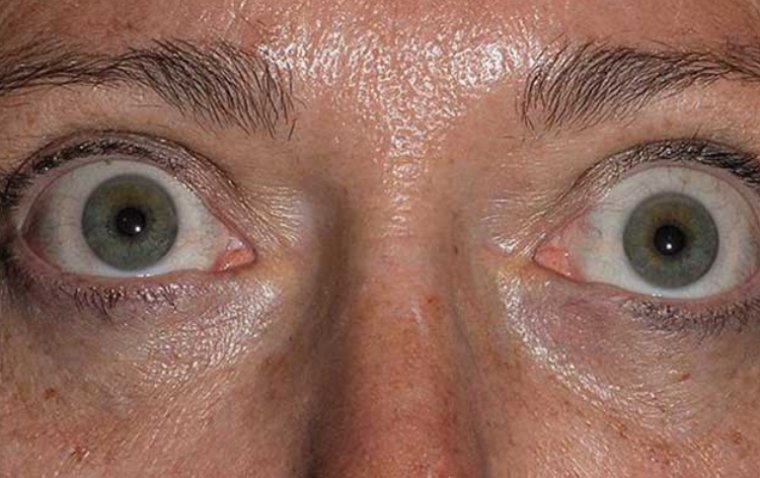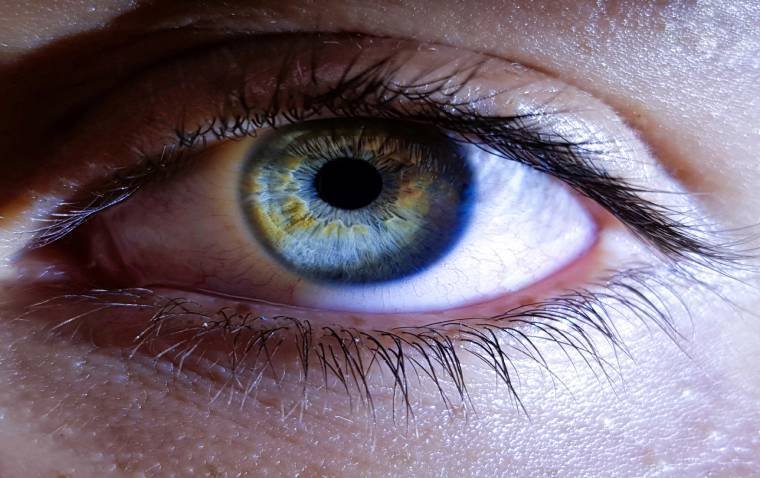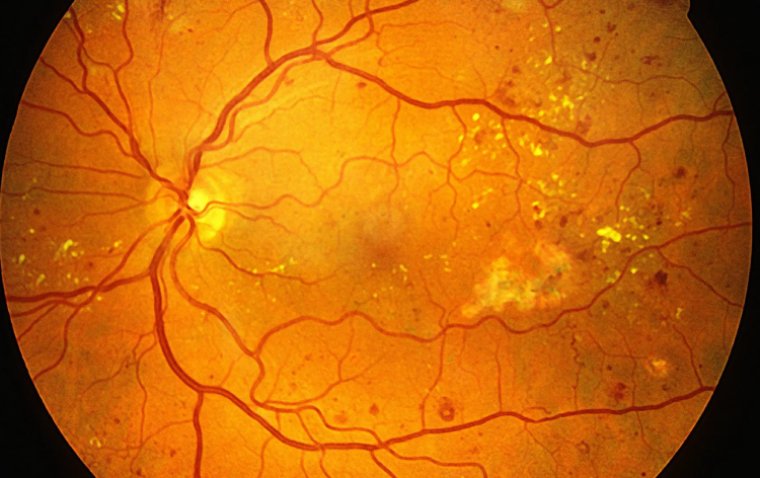
Maternal Asthma Linked to Increased Risk of Severe Retinopathy of Prematurity
Maternal asthma has been identified as a potential risk factor for advanced retinopathy of prematurity (ROP) in premature infants, according to findings presented at the 42nd American Society of Retina Specialists (ASRS) Annual Scientific Meeting.
Research Overview
The study, led by Zafar Gill, MD, from the University of Colorado, analyzed data from over 2,000 infants screened for ROP. It revealed that infants born to mothers with asthma faced an increased likelihood of severe ROP requiring treatment, even after adjusting for factors like gestational age and birth weight.
Impact on Infant Health: Increased Likelihood of Severe ROP
"Premature infants of mothers with asthma are more likely to have more advanced [retinopathy of prematurity] and are more likely to require treatment," the investigators noted. The study employed logistic regression models to quantify these risks, showing that infants born to asthmatic mothers had higher odds of stages 1, 3, and 4 ROP compared to those born to mothers without asthma. They were also more likely to develop type 1 and type 2 ROP, as well as necessitate treatment for the condition.
The research utilized data from the University of Colorado ROP Screening Registry, which included infants screened between January 2006 and June 2023 across two hospitals. Approximately 13.2% of the infants studied were born to mothers with asthma.
While highlighting the study's implications, Dr. Gill emphasized the need for further investigation into the mechanisms linking maternal asthma to ROP development. "We suggest that maternal asthma influences the oxygen environment in utero and is an independent risk factor for the development of [retinopathy of prematurity]," the investigators wrote.
Study Limitations: Acknowledging Constraints in Research
The study acknowledged several limitations, including its retrospective nature and the absence of data on asthma severity and prenatal hypoxia. Despite these constraints, the findings underscore the importance of considering maternal health factors in understanding and potentially mitigating the risk of ROP in premature infants.
About Retinopathy of Prematurity
Retinopathy of prematurity (ROP) is a potentially blinding eye disorder that primarily affects premature infants. It occurs when abnormal blood vessels grow in the retina, the light-sensitive tissue lining the back of the eye.
ROP typically develops in infants born prematurely, especially those weighing less than 1,500 grams (about 3.3 pounds) and born before 31 weeks of gestation. The condition is caused by the immature development of blood vessels in the retina, which may be exacerbated by factors such as fluctuations in oxygen levels during early neonatal care. In severe cases, ROP can lead to retinal detachment and permanent vision loss if not treated promptly.
Reference
Gill Z, Oliver S, Mathias M, et al. The Effect of Maternal Asthma on Retinopathy of Prematurity.Paper presented at the American Society of Retina Specialists (ASRS) 42nd Annual Meeting. Stockholm, Sweden. July 17-20, 2024.
(1).jpg)










